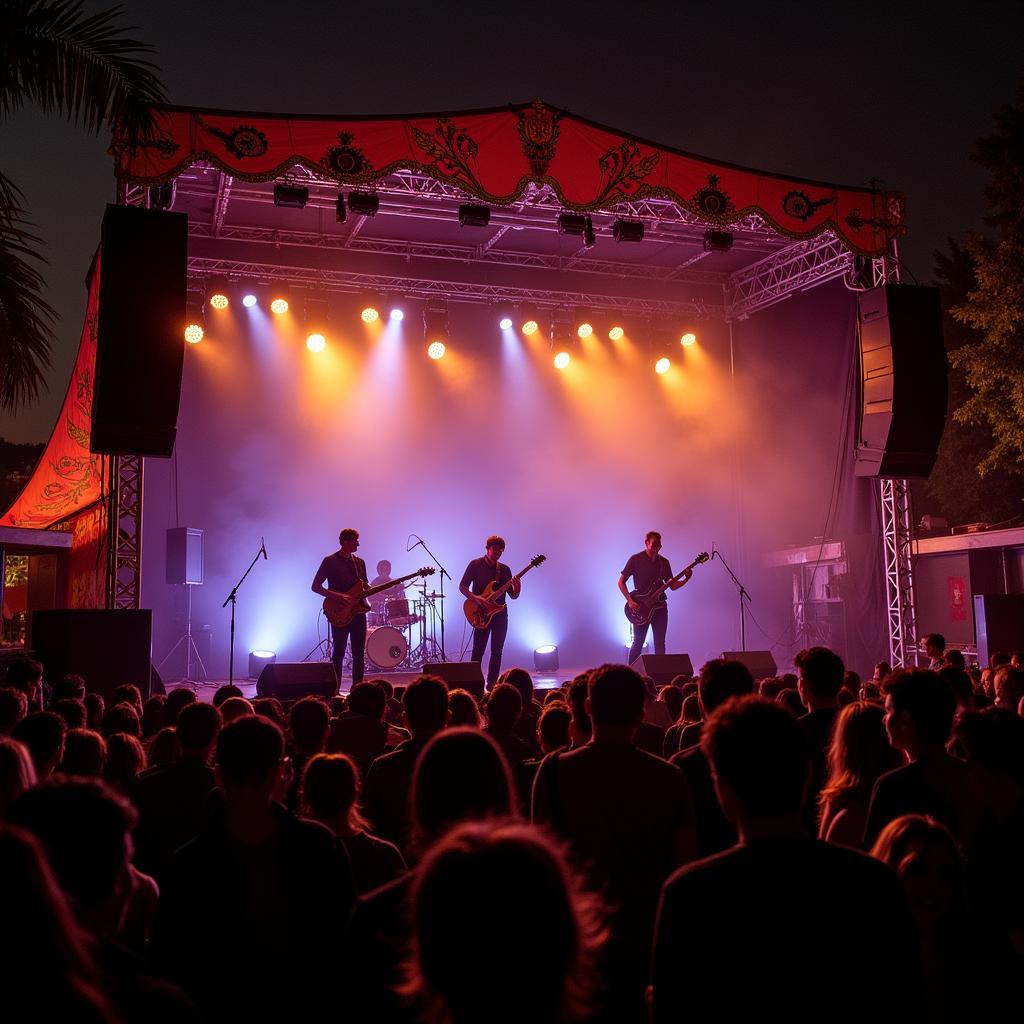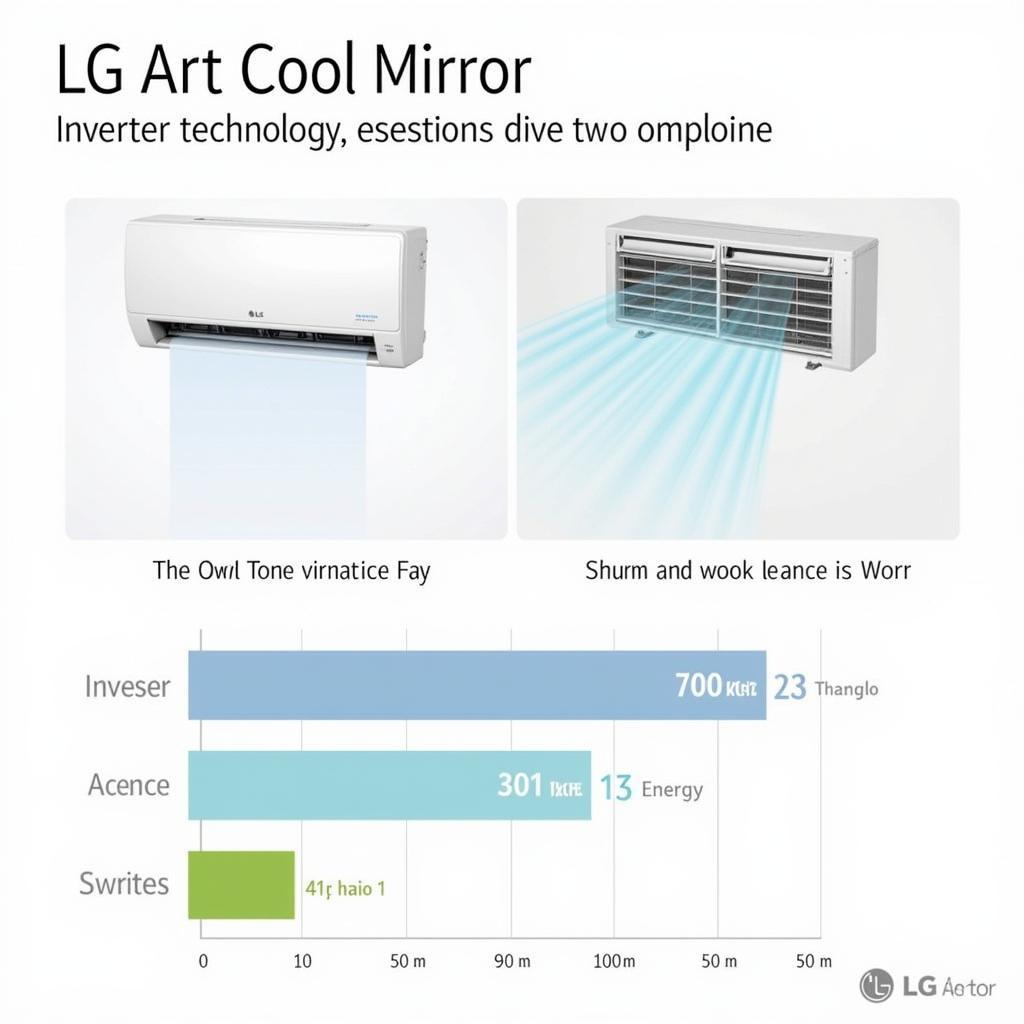Exploring the World of Law Enforcement Art
Law Enforcement Art plays a crucial role in crime solving, training, and historical documentation. From composite sketches to crime scene reconstructions, this specialized field combines artistic skill with forensic accuracy. It’s a fascinating intersection of art and justice, serving as a powerful tool for law enforcement agencies worldwide. Let’s delve deeper into this unique field and explore its diverse applications and impactful contributions.
Understanding the Different Facets of Law Enforcement Art
Law enforcement art encompasses a wide range of disciplines, each with its own unique purpose. These artistic applications play a vital role in various stages of investigations and legal proceedings. For example, composite sketching, perhaps one of the most recognizable forms, involves working with witnesses to create visual representations of suspects. This traditional technique, though sometimes challenged by digital advancements, remains a valuable tool in generating leads and narrowing down potential suspects. Then there’s forensic art, a broader category that includes age progression images, facial reconstruction from skeletal remains, and image modification based on witness descriptions. These techniques can be pivotal in identifying missing persons or providing crucial visual evidence in court. Crime scene sketching and photography are also essential components, documenting the physical layout of a crime scene with meticulous detail, preserving evidence visually, and aiding investigators in reconstructing the sequence of events. Finally, courtroom sketches, often created quickly and under pressure, capture the drama and key moments of trials, providing a visual record for historical purposes and public consumption.
Check out these resources on police wall art if you’re looking for artistic depictions of law enforcement.
How Technology Impacts Law Enforcement Art
Technological advancements have significantly impacted law enforcement art, offering new tools and techniques for greater precision and efficiency. From digital sketching software to 3D facial reconstruction, technology has revolutionized how artists collaborate with law enforcement. For example, facial recognition software and image enhancement tools are now routinely used to analyze and improve the quality of surveillance footage and photographs, often revealing crucial details that were previously indiscernible. 3D modeling and animation, meanwhile, are increasingly used to reconstruct crime scenes, allowing investigators to virtually walk through the scene and analyze different perspectives and scenarios. These digital advancements are constantly evolving, offering ever-more sophisticated ways to visualize and interpret evidence, aiding in investigations and providing compelling visual aids for courtroom presentations.
The Importance of Accuracy and Ethics in Law Enforcement Art
Accuracy and ethical considerations are paramount in law enforcement art. The integrity of the justice system depends on the reliable and unbiased presentation of visual evidence. Forensic artists must adhere to strict professional standards, ensuring their work is objective and reflects the available evidence accurately. They must also be mindful of potential biases, both their own and those of witnesses, and strive to create representations that are as objective as possible. Furthermore, the ethical use of technology is crucial. While advancements like facial recognition offer powerful capabilities, they must be deployed responsibly, with safeguards against misuse and bias. The balance between utilizing powerful tools and protecting individual rights is a constant challenge, demanding careful consideration and ongoing ethical discussions within the field.
 Ethical Considerations in Law Enforcement Art
Ethical Considerations in Law Enforcement Art
What are the different types of martial arts police use? Find more information about martial arts police.
The Future of Law Enforcement Art
The future of law enforcement art is brimming with exciting possibilities, driven by continuous technological advancements and evolving investigative techniques. We can anticipate further integration of artificial intelligence and machine learning into forensic art, potentially automating certain aspects of image analysis and reconstruction. Virtual and augmented reality may offer immersive training environments for law enforcement personnel, allowing them to practice crime scene processing and investigation techniques in realistic simulated scenarios. Biometrics and DNA phenotyping are also likely to play an increasingly important role, providing more precise and detailed information for facial reconstructions and suspect identification. The evolving landscape of law enforcement art promises ever-more sophisticated tools and techniques, ultimately enhancing the pursuit of justice and contributing to safer communities.
Looking at the black market connections art can provide interesting insights.
In conclusion, law enforcement art is a vital and evolving field, combining artistic skill with scientific rigor to aid in the pursuit of justice. From traditional sketching techniques to cutting-edge digital tools, this specialized area plays a crucial role in investigations, courtroom proceedings, and historical documentation. As technology continues to advance, we can expect even more innovative applications of art in the field of law enforcement, further enhancing its contribution to public safety and the administration of justice.
FAQ
-
What is the primary purpose of law enforcement art? To provide visual aids for investigations, training, and legal proceedings.
-
How is technology changing law enforcement art? Technology is enabling more precise and efficient techniques, like digital sketching and 3D facial reconstruction.
-
What ethical considerations are important in this field? Accuracy, objectivity, and responsible use of technology are crucial ethical concerns.
-
What is the future of law enforcement art? Further integration of AI, VR/AR, and biometrics is expected to transform the field.
-
Where can I find examples of police wall art? Consider checking out resources on police wall art for artistic depictions.
For those interested in future apex martial arts, you can find more details here.
Need support? Contact us at Phone: 02462573573, Email: [email protected] or visit us at Savico Megamall, 7-9 Đ. Nguyễn Văn Linh, Gia Thụy, Long Biên, Hà Nội 10000, Việt Nam. We have a 24/7 customer support team.

